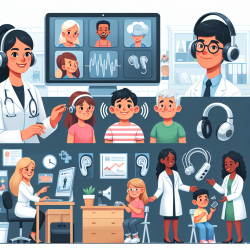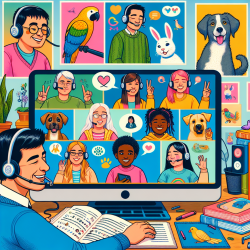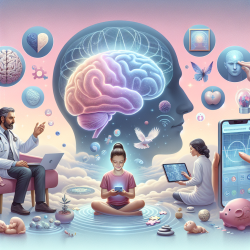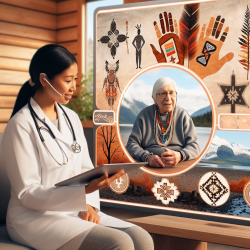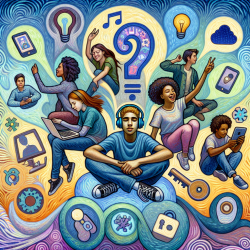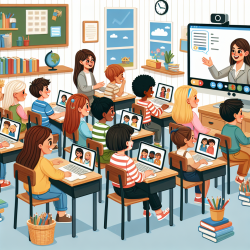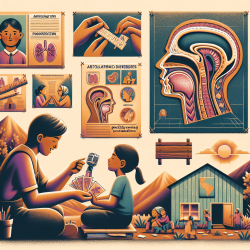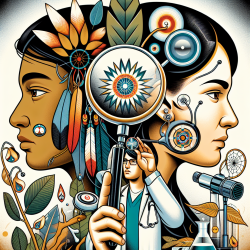In the realm of special education and therapy, understanding and effectively utilizing assistive technology is paramount, especially for practitioners working with individuals experiencing hearing handicaps. The research article, "Industry's Ability to Develop and Market Technology to Alter Hearing Handicap," sheds light on significant advancements and the underutilization of assistive listening devices (ALDs). This blog aims to guide practitioners on improving their skills by implementing the outcomes of this research or by encouraging further investigation into assistive technologies.
Despite the proliferation of technical aids designed to assist those with hearing impairments, a significant gap exists between the availability of these technologies and their adoption by the end-users. Hearing aids, while beneficial in amplifying sound, often fall short in improving speech understanding in noisy environments, highlighting the need for other forms of assistive listening technologies.
The underuse of available assistive devices not only limits the potential for individuals with hearing handicaps to engage fully in everyday communication but also restricts the market for manufacturers, leading to higher prices and less innovation. This cycle of underutilization is driven by a lack of good coping skills among hard-of-hearing individuals, societal misunderstanding and acceptance of hearing impairments, and the prohibitive cost of assistive technology.
Improving Practitioner Skills through Assistive Technology
To bridge this gap, practitioners can play a crucial role. Here are several strategies derived from the research findings:
- Enhance Awareness and Education: Educate clients and their families about the range of assistive technologies available beyond traditional hearing aids. This includes ALDs, visual communication systems, alerting devices, and telecommunication devices that can significantly improve their quality of life.
- Customize Solutions: Assess the unique needs of each individual to recommend the most appropriate assistive devices. Consider factors such as the environments in which they struggle most with communication and their personal preferences.
- Advocate for Accessibility: Work with institutions, employers, and public spaces to improve the availability and use of assistive listening technologies, making environments more accessible for those with hearing handicaps.
- Encourage Skill Development: Teach clients how to use assistive technologies effectively. This includes hands-on training with the devices and strategies for coping with hearing loss in various situations.
- Promote Social Acceptance: Help break down the stigma associated with using assistive devices through education and advocacy. Encourage a societal shift towards greater understanding and acceptance of hearing impairments.
By implementing these strategies, practitioners can significantly impact the lives of individuals with hearing handicaps, empowering them to navigate their world with greater confidence and ease.
Conclusion
The journey towards better communication and understanding for individuals with hearing handicaps is a collaborative effort that requires the engagement of practitioners, manufacturers, and society at large. By leveraging the research on assistive technology and its potential to alter hearing handicaps, practitioners can enhance their skills, offering more effective support to their clients. The ultimate goal is to create an environment where assistive technologies are not only accessible but are also embraced as tools for empowerment.
For those interested in delving deeper into the research and its implications for the development and marketing of assistive technologies, I encourage you to explore the original paper. Industry's Ability to Develop and Market Technology to Alter Hearing Handicap.
